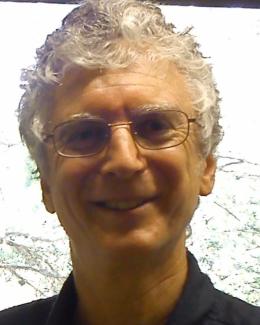This computer-generated image of the JET tokamak shows what one would see if its walls were transparent, revealing the plasma inside. Credit: UK Atomic Energy Authority
A new fusion record was announced Feb. 9 in the United Kingdom: At the Joint European Torus, or JET, the team documented the generation of 59 megajoules of sustained fusion energy, more than doubling the previous 1997 record.
The high-power plasma phase lasted about 5 seconds and was hailed as the clearest demonstration to date of a viable path to carbon-free fusion energy. Data gathered during months of experiments benefited from the contributions of experts from Oak Ridge National Laboratory and the ORNL-managed US ITER project.
“These are unprecedented measurements,” said Phil Snyder, who leads ORNL’s Burning Plasma Foundations section. “We will break new ground and do new science that will help predict the fusion performance of future devices like ITER and enable us to better design the fusion pilot plant that we're planning in the U.S.”
In fusion reactions, isotopes of hydrogen ions at temperatures hotter than the core of the Sun are fused into helium plus an energetic neutron, yielding vast amounts of energy. JET is a testbed for ITER, an international fusion facility now under assembly in France. ITER will demonstrate 500 megawatts of sustained fusion power in a configuration that builds upon knowledge gained at JET and other plasma devices.
ORNL’s partnership with JET, which is operated by the UK Atomic Energy Authority and located 60 miles west of London, dates back decades. ORNL staff contributed to JET’s 1997 record of 22 megajoules of sustained fusion energy. More recently, several ORNL scientists worked on critical diagnostic equipment that measures what’s happening inside Sun-hot plasmas.
Being involved in JET’s landmark experiments is a “career-defining milestone,” said Ted Biewer, head of ORNL’s fusion diagnostics and control group.
Diagnostics are “the eyes and ears” of fusion researchers, said Chris Klepper, a senior scientist at ORNL. “They tell us what is happening in the different regions of the confined plasma, as well as in the engineering systems that maintain the confinement and control the plasma process.”
Read more about ORNL contributions to JET’s new record here.
ORNL’s diagnostics work is supported by the Department of Energy’s Office of Science. UT-Battelle manages ORNL for DOE’s Office of Science, the single largest supporter of basic research in the physical sciences in the United States. The Office of Science is working to address some of the most pressing challenges of our time. For more information, please visit energy.gov/science.




